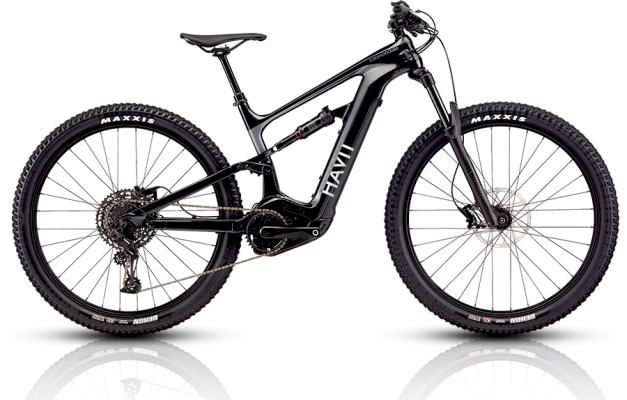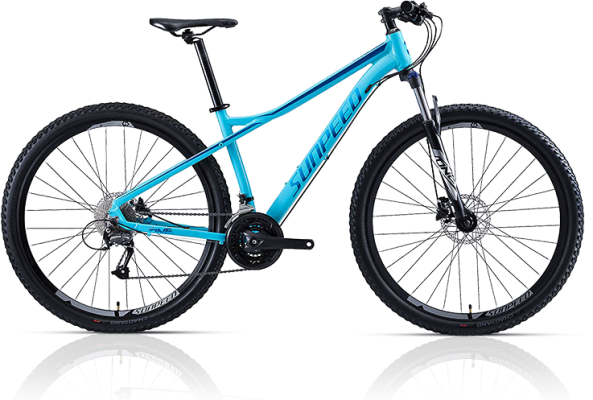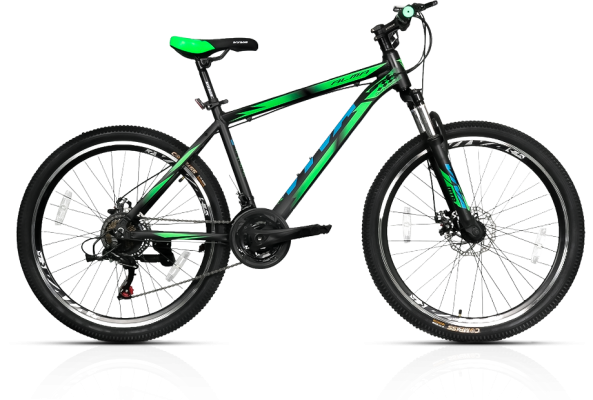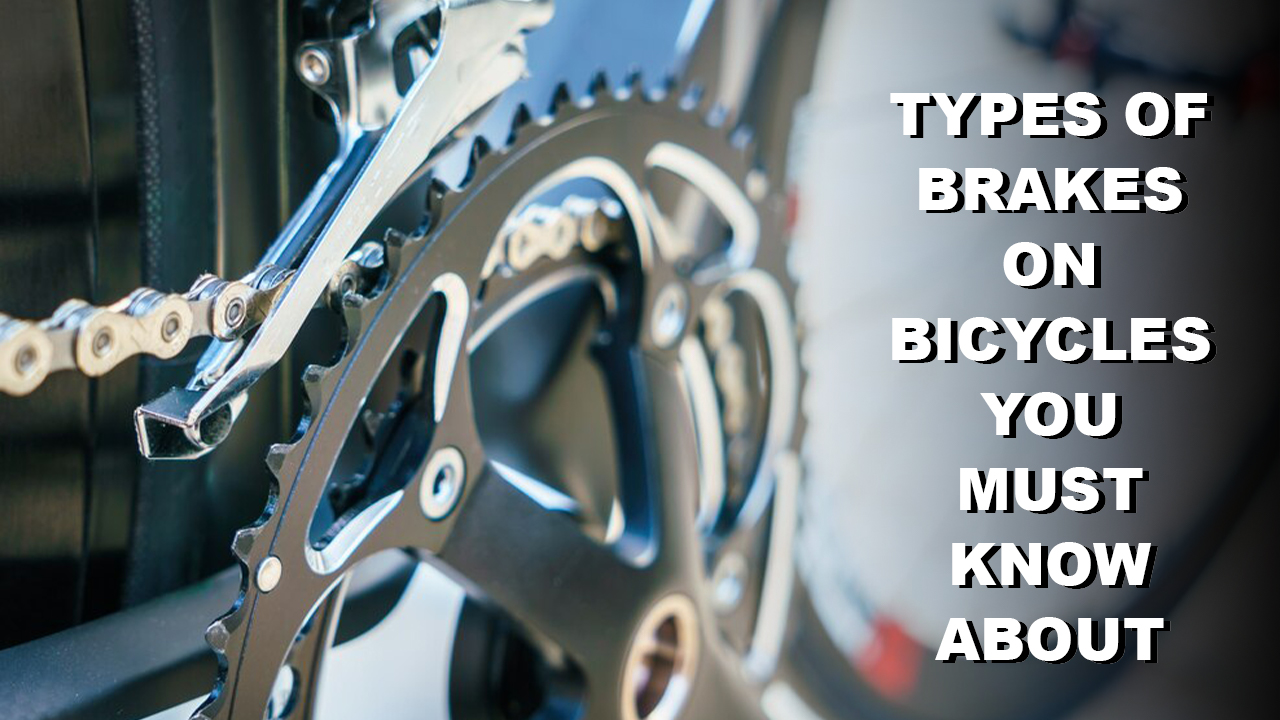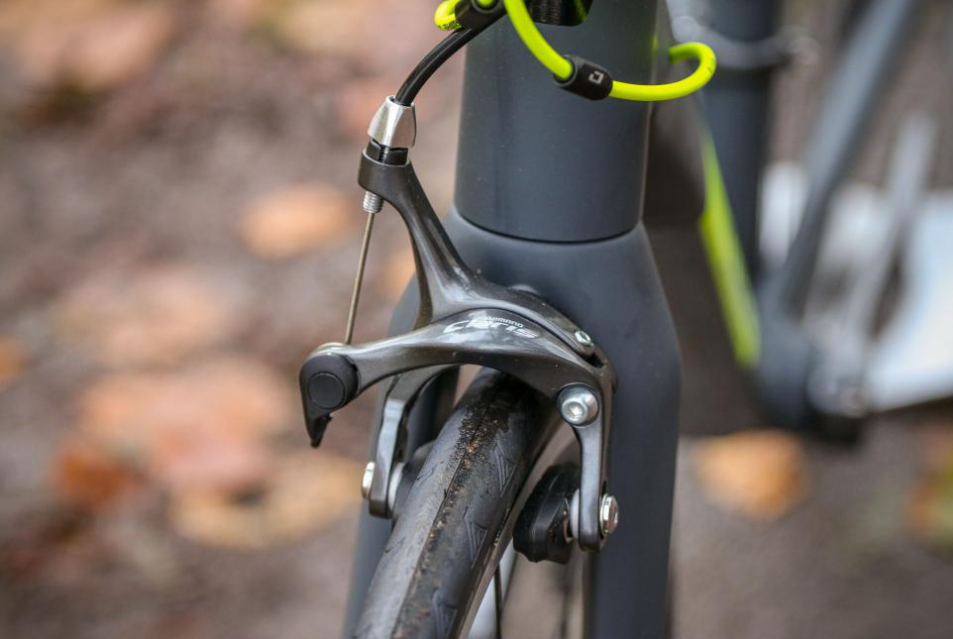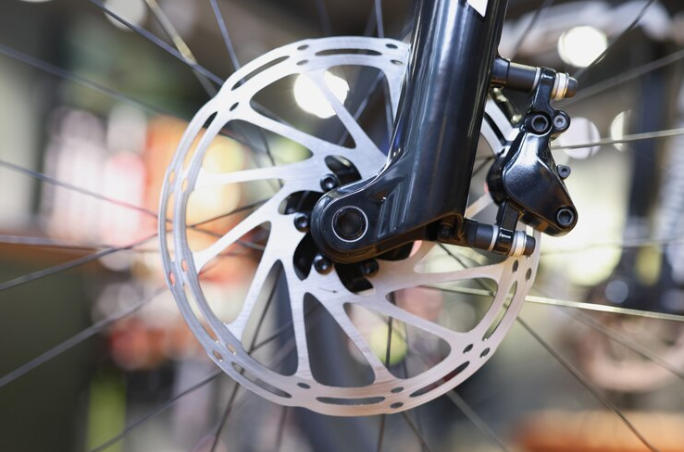Do you love riding bicycles? Maybe the reason you bike differs from your friend, who is passionate about bicycling too. But you both connect by riding the bicycle, whether for sport, hobby, or commuting. Another thing that connects riders globally is their wish to have complete control over their bicycles. And this requires brakes. If you are reading this article, you want to know more about brakes, and this guide will provide just that.
There are many types of brakes on bicycles that you must know about. Each one of them enables the rider to slow down or completely stop the cycle without losing control. Brakes are a necessary part of the bicycle, and knowing everything about them, like how they work and their types, is essential. Let’s dig deeper into the article to learn more about this. This short guide will ensure you know all the bike brake essentials. Moreover, we will also discuss brake maintenance tips to ensure you are safe and enjoy the journey.
How do brakes on a bicycle work?
Every cycle design has a brake pad around it, creating friction on the braking surface located on the wheel. When you cycle and the wheel starts rotating, the brake pad gets pushed against its surface. Moreover, when you apply pressure to the brake lever, the friction force increases. These factors, along with the grip of the tire, slow down the bicycle.
Three Main Types of Brakes
Rim Brake
The best type of brakes are rim brakes, in which the cycle brake pads put pressure on the wheel’s rim. Thus, it causes the cycle to slow down and eventually stop. To activate this brake, the rider positions the lever on their handlebar. Their best features include:
- Sturdiness
- Cost-effective
- Straightforward
- Light
- Maintenance is easy, but they require frequent maintenance.
Rim Brake Types:
The subtypes of rim brakes are multiple, including the caliper brake, side-pull caliper brake, U-brake, delta brake, hydraulic rim brake, and V-brake. The main ones include:
- Caliper Brake: It is a cable-activated brake, ensuring the brake will mount to a specific point above a rotating wheel. They are best for road bikes but not for mountain bikes, as they are less effective with wide tires.
- Cantilever Brake: The rim brake features a cable attachment and brake shoe on each arm, positioned on the same side of the fork or pivot, albeit at distinct locations. This design facilitates ample spacing between the pads and the mount, making it a favored option for bicycles equipped with wide tires. In essence, cantilever brakes emerge as an optimal selection for mountain bikes.
- V-Brake: One of the first types of brakes on bicycles you must know about is the V-brake. They are the most commonly used brakes in rim brakes. It comes without a cable-frame structure. Moreover, installing and adjusting these brakes are easier. Additionally, with the force arm being long, its efficiency is higher. They are most often used in city bikes, MTBs, touring bikes, and affordable hybrid bikes. Additional features include a simple structure, low cost, easy maintenance, and lightweight.
Disc Brakes
Another popular brake in current times has two types: mechanical disc brakes and hydraulic disc brakes. These are composed of hydraulic hose, brake cable, brake lever, caliper, disc rotor, and brake pads. If you go for low-end bikes, you will get one with mechanical disc brakes. On the other hand, high-end and mid-range bicycles use hydraulic disc brakes.
Additional features:
- Impressive braking performance
- It has better modularity, irrespective of the riding condition.
Types of Disc Brakes
- Mechanical Disc Brake: Similar to rim brakes, cables activate mechanical disc brakes, which boast a lightweight system and are cost-effective with minimal maintenance requirements. Historically, they were the sole type of disc brake compatible with brake levers attached to drop handlebars, though this is no longer the case.
- Hydraulic Disc Brakes: They utilize hydraulic fluid within a sealed line to replace cables. When pressure is applied to the brake, the fluid is forced into the caliper, causing the pads to engage with the disc and slow down the bicycle. Renowned for providing enhanced control and superior braking power, hydraulic disc brakes offer a significant advantage: their sealed system ensures immunity to dirt, water, or debris, rendering them largely maintenance-free.
Drum Brakes
They operate using a lever that is present on the handlebars. In this impressive braking system, the use of cables and rods is quite popular. They offer low maintenance and reliability in most weather conditions, whether it is dirt trails or rain. The con of drum brakes is that they are heavier than rim or disc brakes. Their working system is also complicated. One of the most popular types of drum brakes is a coaster brake.
Coaster brakes: This drum brake type is attached to the bicycle rear hub. To operate this, you only have to pedal the cycle backward. It is best known for its efficiency and is popular on single-speed city bikes. They also work well in rainy and snowy conditions. They require very little maintenance and, thus, work well for years.
These are the main types of brakes on bicycles you must know about. The other types include the duck brake, band brake, spoon brake, and drag brake.
Brake maintenance tips
Rim Brakes Maintenance Tips
- Check them every month to ensure they work properly, especially if you are going on an intense bike ride or long distance.
- Check the brake pads regularly for wear and tear. Replace them if they are way past the minimum wear line.
- Adhering to the following disc brake maintenance tips will help ensure your disc brakes remain reliable for when you need them!
- Always ensure the brake pad is centrally aligned and adjust its centering screw.
- Check them for stones, debris, or unwanted dirt. Do remove them if necessary.
- File them to remove debris.
- Tips for maintaining rim brakes
- Rim brakes wear over time. So, pay attention to them and ensure to replace the wheels when you see the groove or wear spot disappear.
- Check and replace any frayed cables immediately.
Top Tips for Disc Brake Maintenance
- Clean it frequently with disc brake cleaner. Also, remove contamination using alcohol and wear gloves while doing so.
- To maintain disc brakes, remove the wheels for maintenance and put the object in between the pistons to ensure the lever does not break.
- Regularly clean with disc brake cleaner and remove contamination while wearing gloves with alcohol.
Also Read: Embrace the Adventure – 8 Cycling Challenges Every Enthusiast Should Conquer!
Conclusion
This comprehensive guide will shed light on the types of brakes on bicycles you must know about. Hopefully, you will understand what kind of brakes you can use on your bicycle. Currently, most bicycle manufacturers are using disc brakes and V brakes, as they offer the best resistance and are highly functional. Comment below with your thoughts regarding the same.
 HCC
HCC

